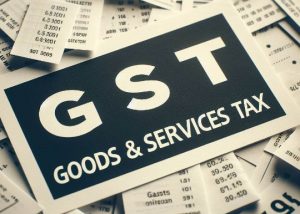

The latest estimate for India’s economy as of January 2024 places its nominal GDP at Rs. 301.75 trillion (US$ 3.62 trillion) at current prices. India is anticipated to maintain its position as the world’s fastest-growing major economy, with a projected growth rate of 6.3% in 2023 and 6.1% in 2024. The driving factors behind India’s growth include increasing demand, moderate inflation, a stable interest rate regime, and robust foreign exchange reserves. However, challenges such as geopolitical developments, the delayed impact of interest rate hikes, and a global economic slowdown are also on the horizon. In a global context, India’s economic performance in 2023 stands out positively, as many developed nations experienced either a deceleration or a minimal increase in economic growth rates.
The per capita income of India, a measure of the average income per person in the country, is derived by dividing the total net national income (NNI) by the population. According to the latest provisional estimate from the National Statistical Office (NSO) as of August 2, 2023, India’s per capita income at current prices for 2022-23 is Rs. 1,72,000 (equivalent to US$ 2,066). This reflects a remarkable growth of approximately 99% from Rs. 86,647 in 2014-15. However, when adjusting for inflation at constant (2011-12) prices, the per capita income is Rs. 98,374 (equivalent to US$ 1,181), showcasing a growth of around 35% from Rs. 72,805 in 2014-15. Notably, India’s per capita income exhibits variations across states, regions, and sectors, underscoring the diversity and inequality within the country.





